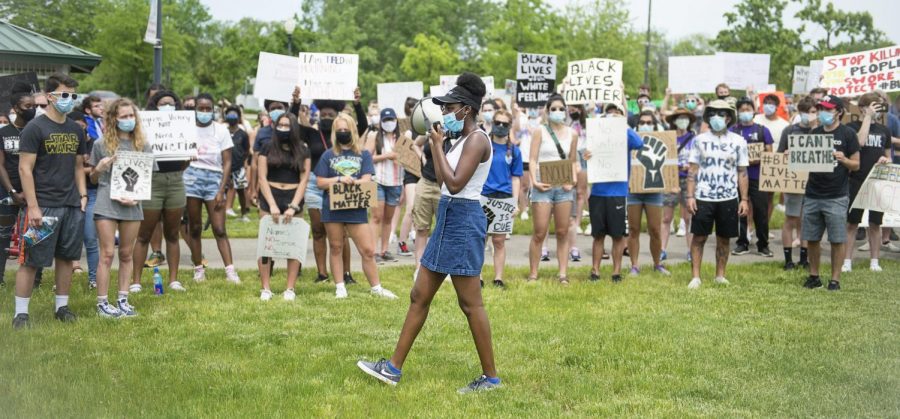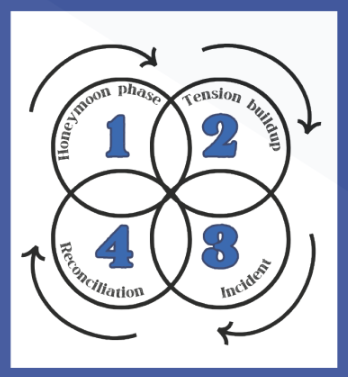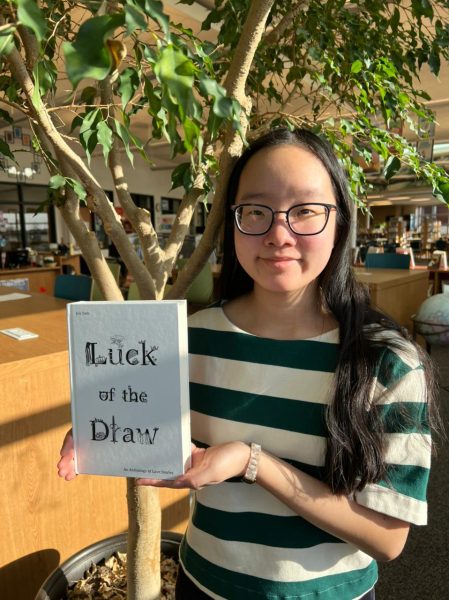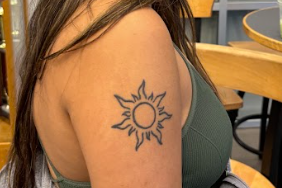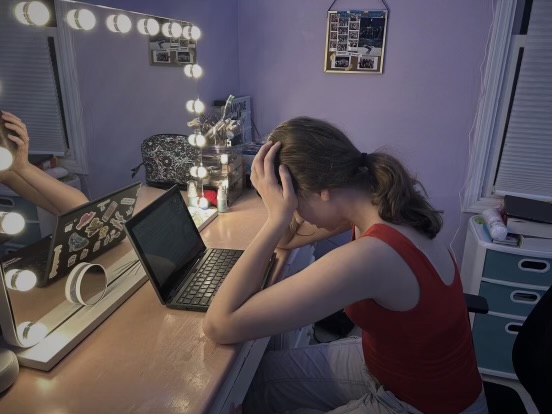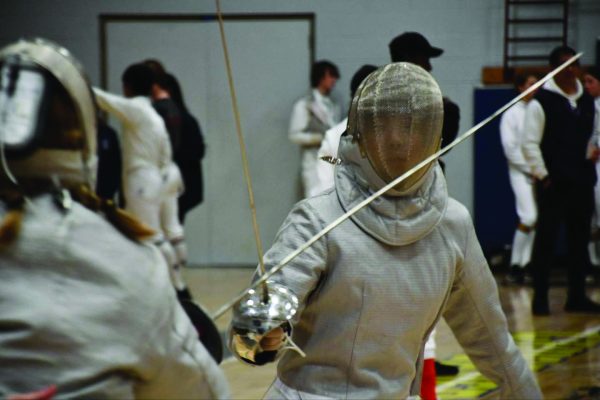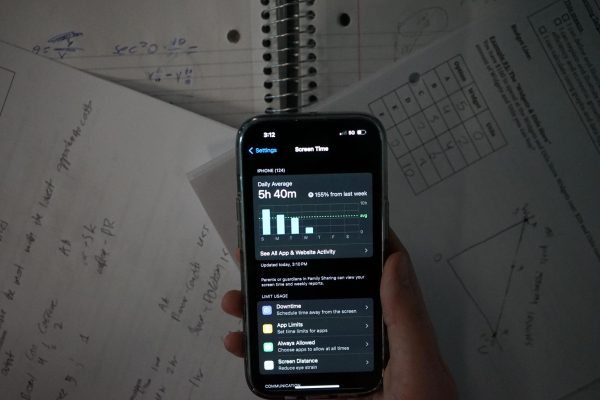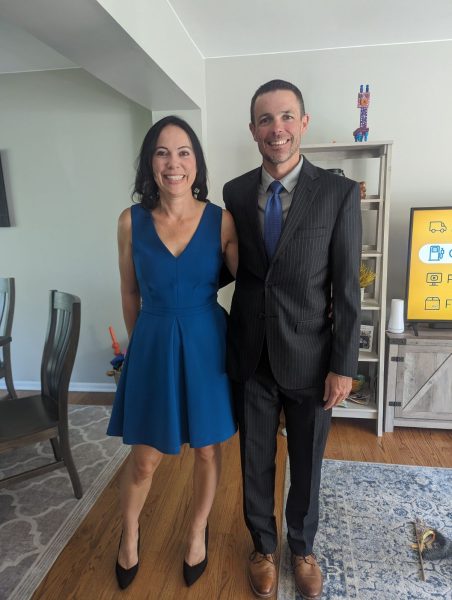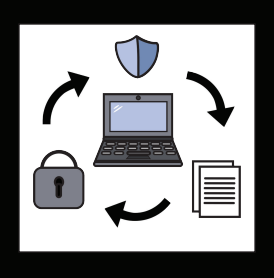Black lives still matter
Students and community members gather at Century Park for the Vernon Hills BLM protest. (Photo courtesy of Sonya Martin.)
A resurgence of the BLM movement this year trickled down into many communities, including our own, in different ways.
2020 has been a pivotal point in the timeline of the Black Lives Matter movement. The death of George Floyd in the hands of police officers in May, and other incidents around this time, sparked outrage from African Americans at first, but soon after, other minorities, like Asian Americans and Latinos, resonated and empathized with the issues affecting the Black community.
The Black Lives Matter movement existed far before this year as protests and events have popped up in past years from outrage of court rulings or murder cases. Even if it didn’t necessarily have the title of “Black Lives Matter,” the desire to gain rights and equality for Black people has existed for decades behind the names of rebellions and movements such as the Civil Rights movement.
Directly following George Floyd’s death, crowds took to the streets, organizing rallies and protests, with the goal of convincing the government to convict the police officers. As months passed, these protests expanded to encompass more problems with the justice system, specifically in relation to people of color, and how there needs to be substantial changes made for the system to be equal.
These calls for justice and better representation were felt all across the nation and even manifested in Vernon Hills. In July, once CDC COVID-19 guidelines loosened a bit, some VHHS alumni organized a BLM protest in Century Park, garnering a lot of attention from the community. Sarah Favour (10) was one of many students who attended the Vernon Hills protest.
“I thought it was great seeing the community and even people not from here gathering together and standing together for that,” Favour said.
VHHS staff members Mr. Shawn Woodie and Mrs. Madeline Powell also spoke at the protest to add their own perspective on the issue.
“Part of what I talked about at the Vernon Hills March is that we have to move to a place where we’re not just tolerant of each other but that we accept and appreciate each other, and we treat everybody with kindness and respect,” said Mrs. Powell.
However, Black Lives Matter represents more than just protests and donations; its overall goal is to help support people of color, specifically Black people, and raise awareness for the changes needed to be made in the nation to reach a state of equality for everyone. These similar notions are evident in VHHS as the school is working towards implementing events and policies to promote diversity and inclusion.
In 2019, VHHS created the job of equity coordinator in order to have people in the school who can create and support initiatives that promote equality and talk about social issues. Our equity coordinators, Ms. Amy Christian and Mrs. Tara Young, are tasked with creating initiatives that promote inclusion for staff and students. For the students, they help to support and lead affinity clubs like Diversity Council, SAGA, Latino Alliance, Black Student Union, and many more.
“Our overall goal of our job is to make sure that all students regardless of their race, gender, ethnicity, language, sexual orientation, and more, have access to the same opportunities and resources at our school,” said Mrs. Young.
In regards to the staff, the equity coordinators meet with the building leadership team and have created the initiative of district and school-wide book clubs. The coordinators choose books that tackle messages about race and inclusion and then discuss them at every meeting as a way to open the door to hard conversations about race and equality. Last spring they read “Waking up White” by Debby Irving, and this year they’re diving into “So You Want to Talk About Race” by Ijeoma Oluo.
Ms. Powell expressed how the introduction of the equity coordinators and their initiatives have made a real difference.
“Their book clubs have provided opportunity for some open dialogue that we haven’t had before,” said Ms. Powell. “That [dialogue] only happens where we give people permission to say how they feel and not to have to temper it because they’re worried about somebody’s feelings.”
Ms. Young explained how this book club is a part of their bigger plan that they call the “Equity Ladder.” This consists of rungs, or steps, which are Awareness, Knowledge, Skills/Practice, and Action/Advocacy.
“It starts with building awareness of staff and students about their own identities and others, and then how those identities impact others…and their experience in the world,” Ms. Young said.
They emphasize that true changes in our school and society cannot be made until people have been educated and have the skill set to go out and be a proper advocate.
This attitude is also reflected in student organizations like Black Student Union. Eva Otoo (12) and Laila Morgan (11) explained how they had meetings with Dr. Guillaume over the summer to put forth ideas on what needs to be done in relation to the current events taking place.
They have also pushed initiatives like “Dear VH” during Black History Month, where Black students wrote things they would want to tell other students. These consisted of phrases like “I wish people wouldn’t ask to touch my hair” or “my skin tone isn’t a trend.”
“Our goal with that was to educate people on how that felt, and how often that stuff is said,” said Ms. Powell. “Overall, we got some great feedback from teachers and from students who said ‘wow that was eye-opening.’ ”
Although VHHS has made strides in advocating for equality, there is much more than needs to and can be done to carry on the message behind the Black Lives Matter Movement.
Otoo explained how not being in person for school has led to a greater prevalence of racism because people are more likely to be outspoken when they don’t have to say it to someone’s face. Whether it is microaggressions, which are brief statements that have racist undertones or blatantly discriminatory comments, she feels it more. However, she thinks that social media can still be used for good so long as people steer clear of posting for the trend and not with true intentions, or what is known as performative activism.
Social media is also one of the ways younger people can share their voice, which is incredibly useful in this day and age. Young people are the voices of the future, so there has been strong encouragement recently for them to utilize the resources they have to take a stand.
“Social activism, historically, has oftentimes started with young people who recognize that there’s something happening in their society that they want to see changes for,” Ms. Young said. “I feel like I have a lot to learn from young people who are just so passionate and committed to this work.”
Favour explained that even though she can’t vote yet, action needs to be taken. She agreed and stressed that seeing peers, or even younger people, stand up for what they believe in can be powerful to all generations.
It all boils down to being able to have those hard discussions with others. Ms. Powell added and acknowledged that standing up for what is right is not always easy, however, people must persist in order to make that change. Although it is tough, she says being a little uncomfortable in conversations with people is okay and necessary for change.
“Sometimes it’s hard because you feel like ‘Oh, I am always trying to be the one who is politically correct’, but it is more about not tolerating people saying things that are so wrong. In the end, that is more important,” Morgan said.
Ultimately, between joining clubs, voting, activism on social media, or even just having a tough conversation with someone, there are countless ways everyone can seek to continue advocating for equality and carrying on the message of Black Lives Matter.

